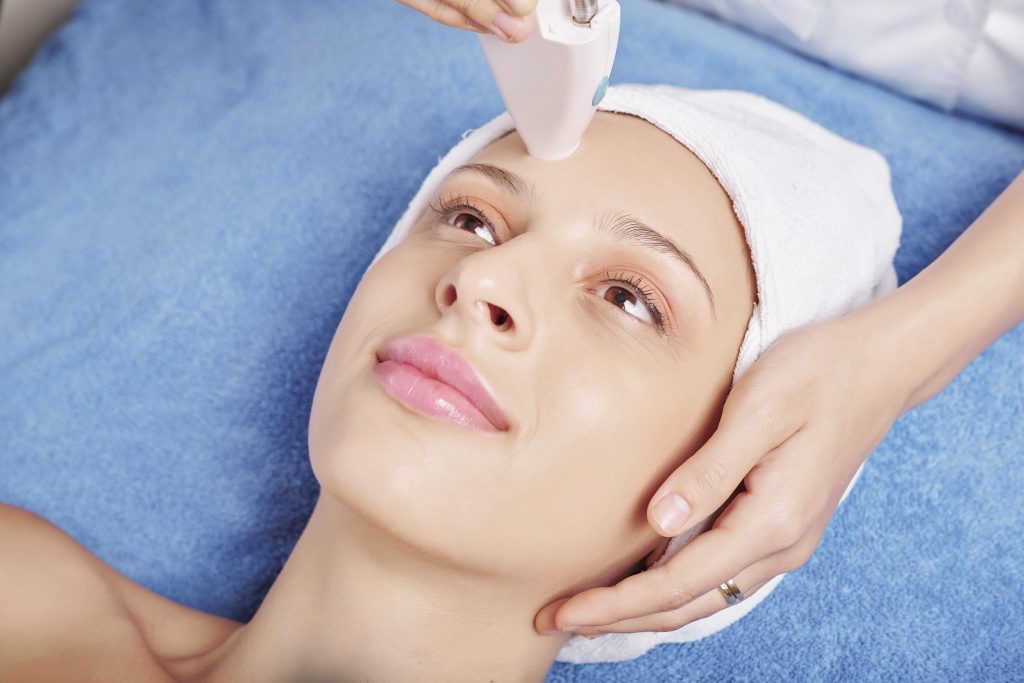Face laser treatments can effectively reduce fine lines, wrinkles, age spots and acne scars on the skin while improving texture, elasticity and plumpness. But before choosing one for yourself it’s essential to understand how they work and the outcomes you can expect.
How Facial Lasers Work
Light is essential for our overall health and well-being, from aiding vision to immune systems to moods. It plays a particularly significant role in skin health – which explains why lasers have become so popular within cosmetics industries and dermatology practices.
When treating skin, several laser types are available: carbon dioxide (CO2), erbium:YAG and fractional CO2. Which laser type you choose will depend on your specific skin tone and condition.
Carbon Dioxide and Erbium:YAG Lasers for the Face
The most widely used laser to resurface skin is a carbon dioxide laser. This device delivers short bursts of energy into the outer layers of skin to eliminate damaged cells and stimulate collagen production in the dermis.
Lasers are most effective for eliminating deep wrinkles, aging spots and sun damage; however they may not be as successful in treating acne scars or other superficial marks.
Non-Ablative Lasers for the Face
Non-ablative lasers are another option when treating skin issues; they’re less aggressive than ablative lasers and do not cause permanent changes to skin color.
Non-ablative treatments lack the power of ablative lasers, but are still effective at smoothing fine lines and wrinkles while improving skin tone and texture. Non-ablative treatments are perfect for patients who want to reduce their facial features without undergoing an invasive procedure.
Fractional Lasers for the Face
Fractional lasers for facial skin care use a non-ablative type of laser similar to erbium:YAG, but with shorter wavelengths. This allows smaller treatment zones than with an ablative laser and faster recovery times afterward.
It is also less invasive than other ablative lasers, meaning you typically only need multiple sessions to achieve optimal results.
Before you can see the full benefits of laser skin rejuvenation, you must wait several months. This is because new cells need time to mature and fully develop before you see visible improvements.
Other lasers not typically used for resurfacing purposes include intense pulsed light (IPL) and violet-blue light therapy (VBL). While less invasive than the lasers listed above, these treatments can still have a significant impact on your skin.
What to Expect After Your Laser Facial Treatment
Following a laser skin rejuvenation treatment, the doctor will cover your face with a thin bandage and apply an ointment over it. This prevents scabs from forming after the laser procedure. Furthermore, this helps shield bacteria and other microorganisms from entering the wound, which could lead to infections.

